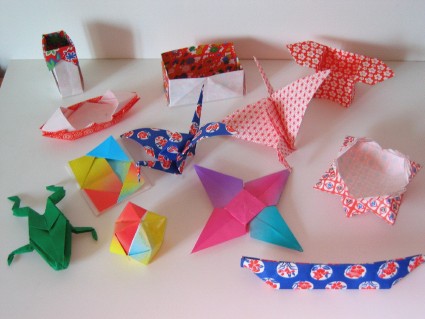

Flower Stand
Teaching, awareness, initiation: what are the differences?
Back to the welcome page
First sheet
Previous sheet
Next sheet

|

Flower Stand |
|
Frequently Asked Questions Teaching, awareness, initiation: what are the differences? Back to the welcome page First sheet Previous sheet Next sheet |
Teaching, awareness, initiation: what are the differences?
| Under these three names, we can distinguish three levels of intervention: - awareness Usual practice during awareness days, during various events or on special request. It generally involves getting people to practice in a very short time, from a few minutes to half an hour. It is also not obligatory that participants bend, especially if the principle is a drop-in workshop. Seeing blind people bend generates many questions, this is the desired objective. - initiation The facilitator now has more time. It could be, for example, a course lasting a few days (2 or 3 days, for example), the objective of which is to make models requiring good technical work, without seeking at all costs to memorize the each. We can consider that it is a discovery of origami, a test to see if we are capable of folding models, with a view to pushing the participants to find an education in origami close to home. origami adapted for people with visual disabilities. - teaching The objective now is to train people in origami techniques, so as to make them autonomous to the point of being able to fold fluently outside the workshop itself. Teaching takes place over time, with technical progression allowing you to gradually approach more complex models. It requires a lot of investment on the part of the facilitator. This is the unique objective of the Aveuglami project. 1 file to download
Menu |